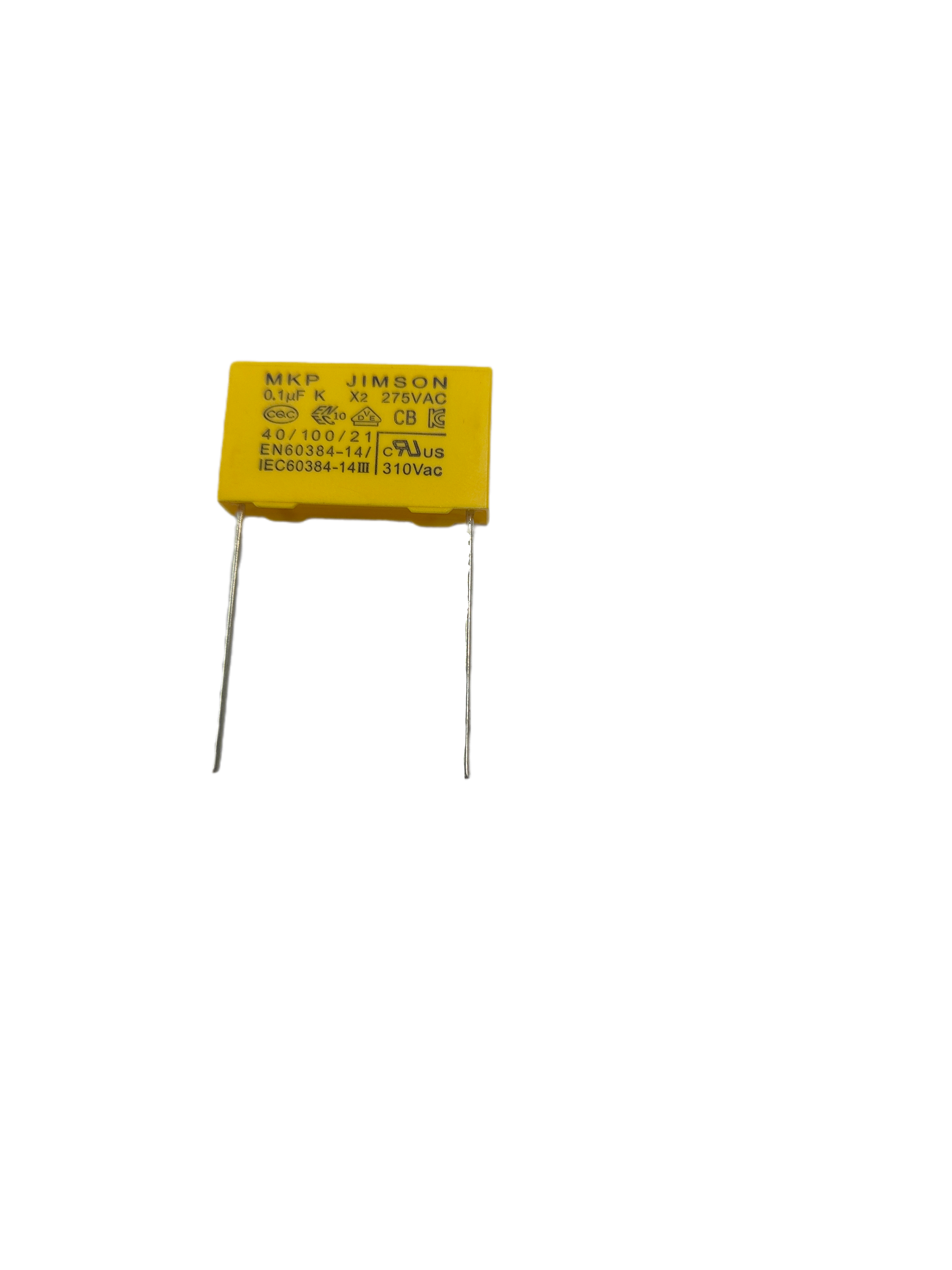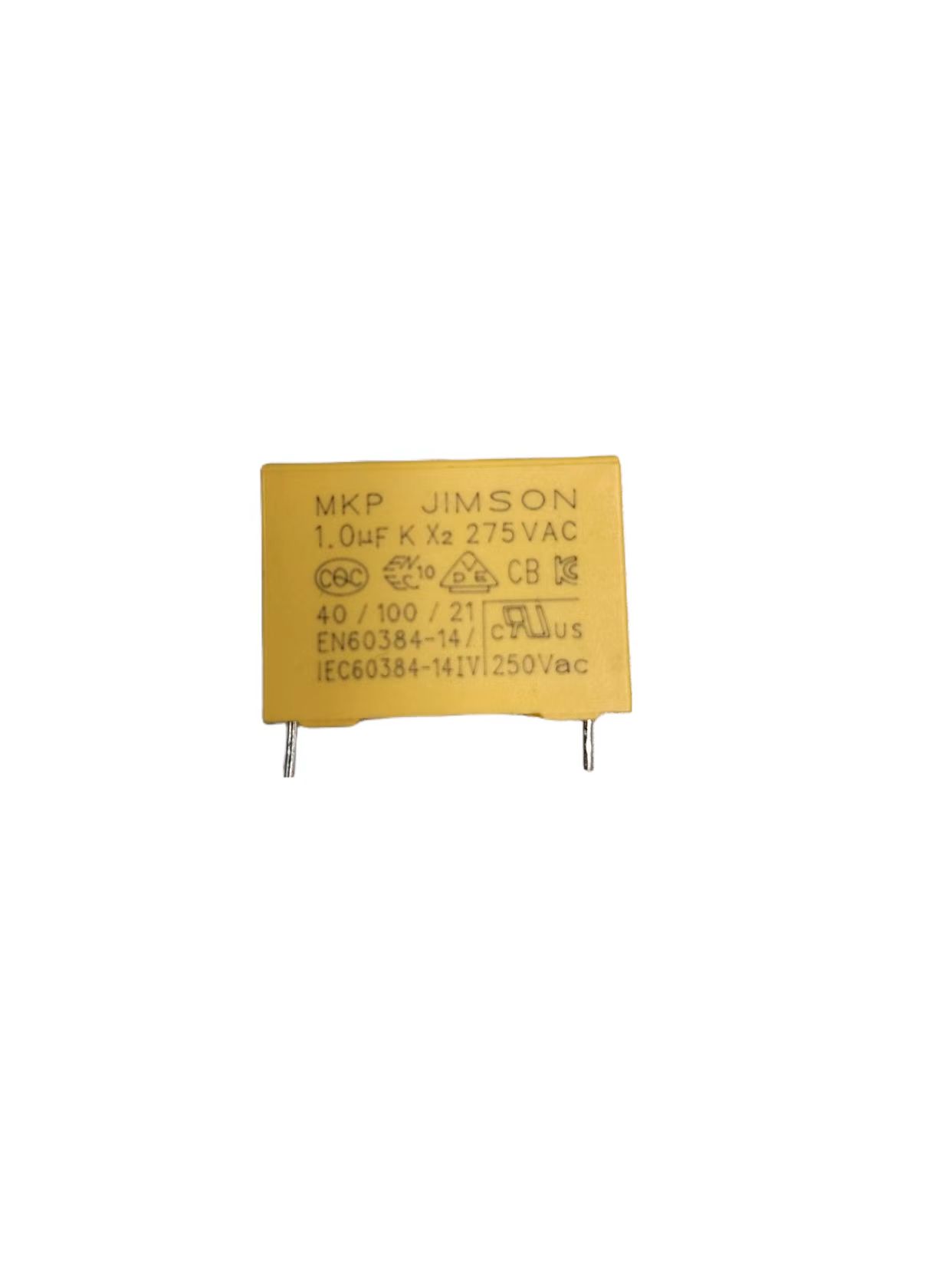LED light fixtures have revolutionized the lighting industry in recent years. With their energy efficiency, long lifespan, and versatility, LED lights have become the go-to choice for both residential and commercial lighting needs. In this article, we will explore the benefits of LED light fixtures and how they are changing the way we light our homes and businesses.
What are LED Light Fixtures?
LED stands for Light Emitting Diode, which is a semiconductor device that emits light when an electric current is passed through it. LED light fixtures are lighting systems that use LED technology to produce light. Unlike traditional incandescent bulbs, LED lights do not use a filament to produce light, which makes them more energy-efficient and longer-lasting.
Benefits of LED Light Fixtures
- Energy Efficiency: LED lights use up to 80% less energy than traditional incandescent bulbs, which means lower electricity bills and reduced carbon footprint.
- Long Lifespan: LED lights can last up to 25 times longer than traditional bulbs, which means less frequent replacements and maintenance.
- Versatility: LED lights come in a variety of shapes, sizes, and colors, making them suitable for a wide range of lighting applications.
- Durability: LED lights are more durable and resistant to shock and vibration than traditional bulbs, which makes them ideal for outdoor and industrial lighting.
- Instant On: LED lights turn on instantly, without the need for warm-up time, which makes them ideal for applications that require immediate lighting.
Applications of LED Light Fixtures
- Residential Lighting: LED lights are ideal for residential lighting applications, such as kitchen lighting, bathroom lighting, and outdoor lighting.
- Commercial Lighting: LED lights are widely used in commercial lighting applications, such as office lighting, retail lighting, and warehouse lighting.
- Outdoor Lighting: LED lights are ideal for outdoor lighting applications, such as street lighting, parking lot lighting, and landscape lighting.
- Industrial Lighting: LED lights are ideal for industrial lighting applications, such as factory lighting, warehouse lighting, and machine lighting.
- Automotive Lighting: LED lights are widely used in automotive lighting applications, such as headlights, taillights, and interior lighting.

Types of LED Light Fixtures
- LED Bulbs: LED bulbs are the most common type of LED light fixtures, and they are designed to replace traditional incandescent bulbs in existing light fixtures.
- LED Tubes: LED tubes are designed to replace traditional fluorescent tubes in commercial and industrial lighting applications.
- LED Panels: LED panels are flat, thin, and lightweight, and they are designed to provide even and uniform lighting in commercial and residential applications.
- LED Strips: LED strips are flexible and versatile, and they are designed to provide accent lighting and decorative lighting in residential and commercial applications.
- LED Floodlights: LED floodlights are designed to provide high-intensity lighting in outdoor and industrial applications, such as sports fields, parking lots, and construction sites.
Conclusion
LED light fixtures are the future of lighting, and they are changing the way we light our homes and businesses. With their energy efficiency, long lifespan, versatility, and durability, LED lights offer numerous benefits over traditional incandescent bulbs. Whether you are looking for residential lighting, commercial lighting, outdoor lighting, industrial lighting, or automotive lighting, there is an LED light fixture that can meet your needs. So, make the switch to LED light fixtures today and start enjoying the benefits of modern lighting technology.
Related Products








